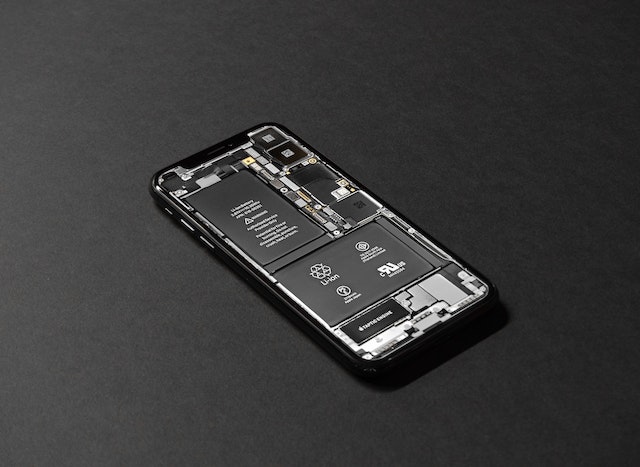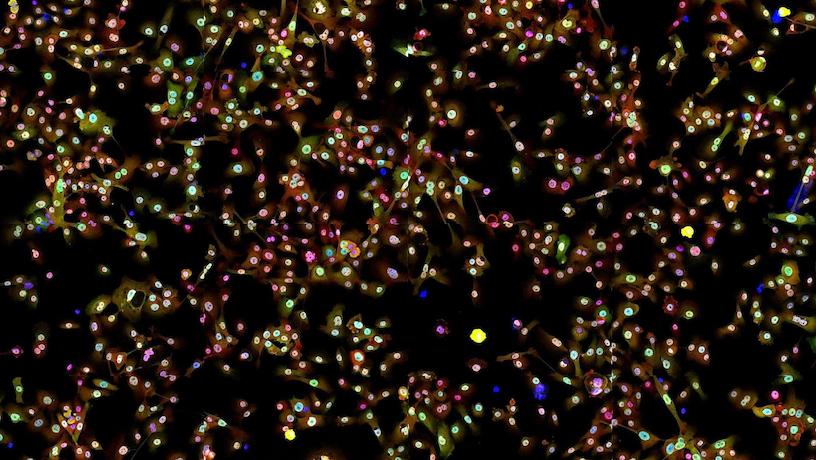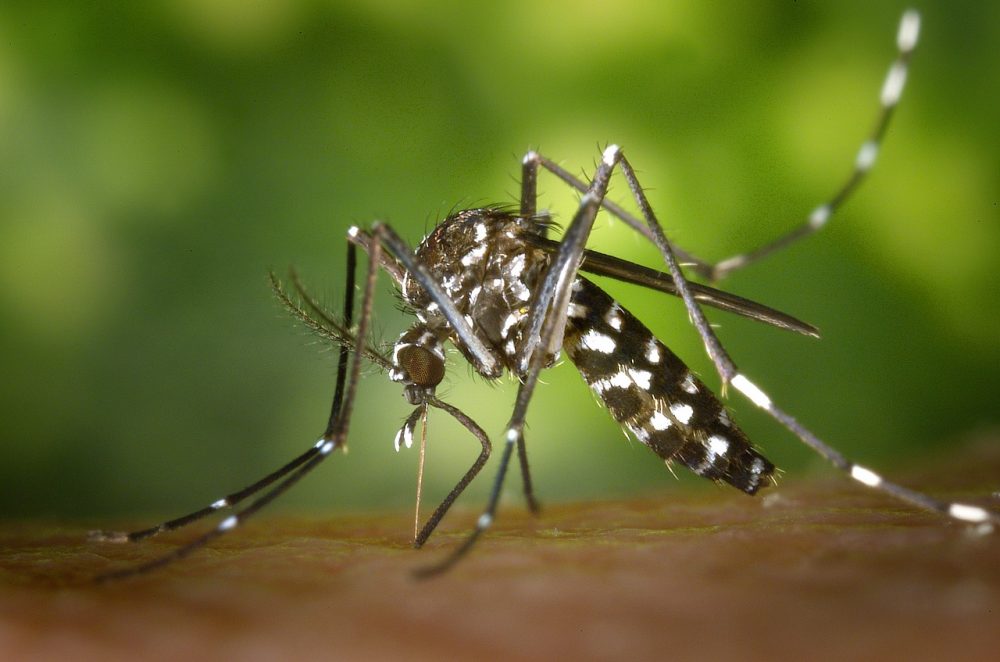The researchers at the City University of Hong Kong (CityU) have introduced a new ultra-white ceramic material that can significantly cool buildings by reflecting sunlight and heat. The inspiration for this cooling ability comes from the nanostructure found in beetles. Despite its toughness against the elements, the material seems easily scalable for mass production.
Passive Cooling Strategies for Homes
When homes become excessively hot, the immediate response for many is to turn up the air conditioning. While effective, this approach lacks energy efficiency, with heating and cooling constituting a significant portion of energy expenses. Consequently, scientists are exploring passive methods to regulate interior temperatures, with one straightforward option being to paint buildings and rooftops white.
Challenges and Advances in Ultra-White Paints
Fundamental physics dictates that lighter colors absorb less light than darker ones, resulting in a cooler temperature. In recent years, advanced ultra-white paints, reflecting over 95% of sunlight, have emerged as effective in cooling buildings. However, these coatings face challenges, particularly in terms of durability.
In this study, researchers have introduced an improved cooling ceramic material surpassing others in performance. Unlike a mere highly reflective paint, this material derives its impressive reflectivity from its nanostructure, effectively scattering almost the entire sunlight spectrum—similar to the inspiration drawn from the Cyphochilus beetle. This achievement leads to a record-high solar reflectivity of 99.6% and an infrared thermal emission of 96.5%.
Practically, the material is robust. The City University of Hong Kong employed aluminum oxide, a durable ceramic commonly used in industrial settings. This choice imparts resistance to severe weather conditions and even fire, withstanding temperatures up to 1,000 degrees Celsius (1,832 degrees Fahrenheit). Alumina ceramic also exhibits resistance to UV degradation, making it a more durable and sustainable option compared to polymer-based passive radiative cooling materials.
For those who find white monotonous, the material offers versatility—additional layers can be incorporated to produce it in various colors and patterns.







